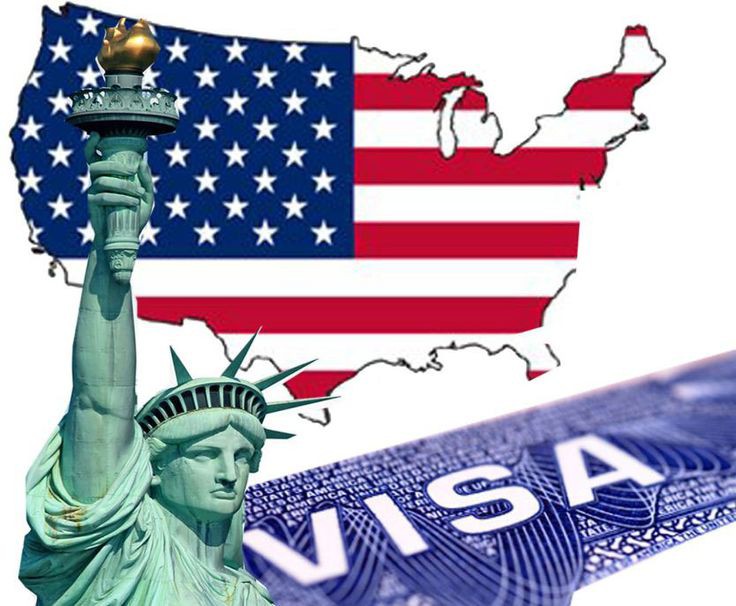The U.S. Tourist Visa (B1/B2) allows foreign nationals to visit the United States for tourism, family visits, business meetings, or medical treatment.
Follow this detailed guide to apply for the visa successfully.
1. Determine if You Need a Visa
Most travelers to the U.S. require a visa unless they are eligible for the Visa Waiver Program (VWP) or other exemptions. Check if your country is part of the VWP on the website.
2. Complete the DS-160 Form
The DS-160 Online Nonimmigrant Visa Application form is the first step in your application process.
Where to Apply: Apply Online
Information Required:
Personal details (name, date of birth, address).
Passport information.
Travel details (purpose, intended dates).
Employment and financial information.
Tips for Completing the DS-160:
Save your progress regularly.
Upload a passport-sized photo that meets U.S. visa requirements.
Save the Application ID and print the DS-160 Confirmation Page after submission.
3. Pay the Visa Application Fee
Fee: $185 (non-refundable).
Payment Methods: Debit/credit card, bank transfer, or cash at authorized banks (varies by country).
Retain the payment receipt for your records.
4. Schedule Your Visa Appointment
You must book two appointments:
1. Biometrics Appointment: At a Visa Application Center (VAC) for fingerprints and photo.
2. Interview Appointment: At the U.S. Embassy or Consulate in your country.
How to Schedule:
Visit the U.S. Visa Information site for your region.
Log in, enter your DS-160 confirmation number, and choose appointment dates.
5. Prepare Supporting Documents
Bring the following documents to your interview:
Passport: Valid for at least 6 months beyond your intended stay.
DS-160 Confirmation Page.
Appointment Confirmation Letter.
Visa Fee Receipt.
Photo: Meeting U.S. visa photo guidelines.
Supporting Documents:
Proof of financial support (bank statements, pay slips).
Employment verification letter.
Travel itinerary (flight and hotel bookings).
Invitation letter (if visiting family or attending business meetings).
Evidence of strong ties to your home country (property documents, family dependents).
6. Attend the Biometrics Appointment
Visit the VAC at the scheduled time for fingerprints and a photo.
Bring your passport, DS-160 confirmation, and appointment details.
7. Attend the Visa Interview
At the U.S. Embassy or Consulate:
Arrive at least 30 minutes early.
Answer the consular officer’s questions honestly and confidently.
Common questions:
Why are you traveling to the U.S.?
How long do you plan to stay?
Who is funding your trip?
What ties ensure your return to your home country?
Answer all questions truthfully. Consular officers are trained to spot inconsistencies.
Remain calm and confident, even if questioned in detail about your trip.
Give Concise Answers
Avoid rambling. Provide clear, direct responses to questions.
For example:
Q: “Why are you visiting the U.S.?”
A: “I am visiting New York for two weeks as a tourist to see landmarks like the Statue of Liberty and Central Park.”
8. Wait for Visa Processing
Processing Time: Typically 5-15 business days, but it can vary.
Check the status of your application online.
9. Receive Your Visa
If approved, your passport will be returned with the visa stamp.
If denied, you will receive a letter explaining the reason for refusal.
10. Travel to the U.S.
At the port of entry:
Show your passport with the visa to Customs and Border Protection (CBP) officers.
Be prepared to answer questions about your trip and show supporting documents if requested.
Tips for a Successful Application
1. Apply Early: Start the process at least 2-3 months before your intended travel date. Avoid last-minute submissions, as it may appear as though your trip is not well-planned.
2. Be Honest: Provide accurate information and avoid overstating your purpose of travel.
3. Prepare for the Interview: Practice answering possible questions confidently.
4. Demonstrate Strong Ties: Show proof that you will return to your home country after your visit.
5. Double-Check Documents
Ensure that all documents are complete, accurate, and up-to-date. Missing or incorrect paperwork can lead to delays or denial.
Financial Proof
Show Adequate Funds
Submit recent bank statements (last 3-6 months) showing enough funds to cover your trip.
If someone is sponsoring your trip, provide their bank statements, a sponsorship letter, and proof of relationship.
Avoid Overstating Funds
Be realistic about your financial capacity. Overstating your finances without evidence may raise suspicion.
Be Consistent
Ensure all information on your DS-160 form matches the details you provide during your interview.
Avoid discrepancies in travel dates, financial information, or your purpose of visit.
Provide a Clear Itinerary
Submit a well-planned itinerary detailing your travel dates, activities, and accommodation.
Mention specific places you plan to visit, but avoid providing overly rigid plans that might seem unrealistic.
Avoid Red Flags
Do not mention plans that suggest you might stay in the U.S. illegally, such as job hunting or long-term stays.
Avoid applying for a tourist visa if your true intention is to study, work, or immigrate
Make copies of all submitted documents for your records.
Applying for a U.S. Tourist Visa (B1/B2) requires careful preparation, but by following these steps, you can navigate the process smoothly.
Once approved, you’ll be ready to explore the United States and enjoy your visit.
